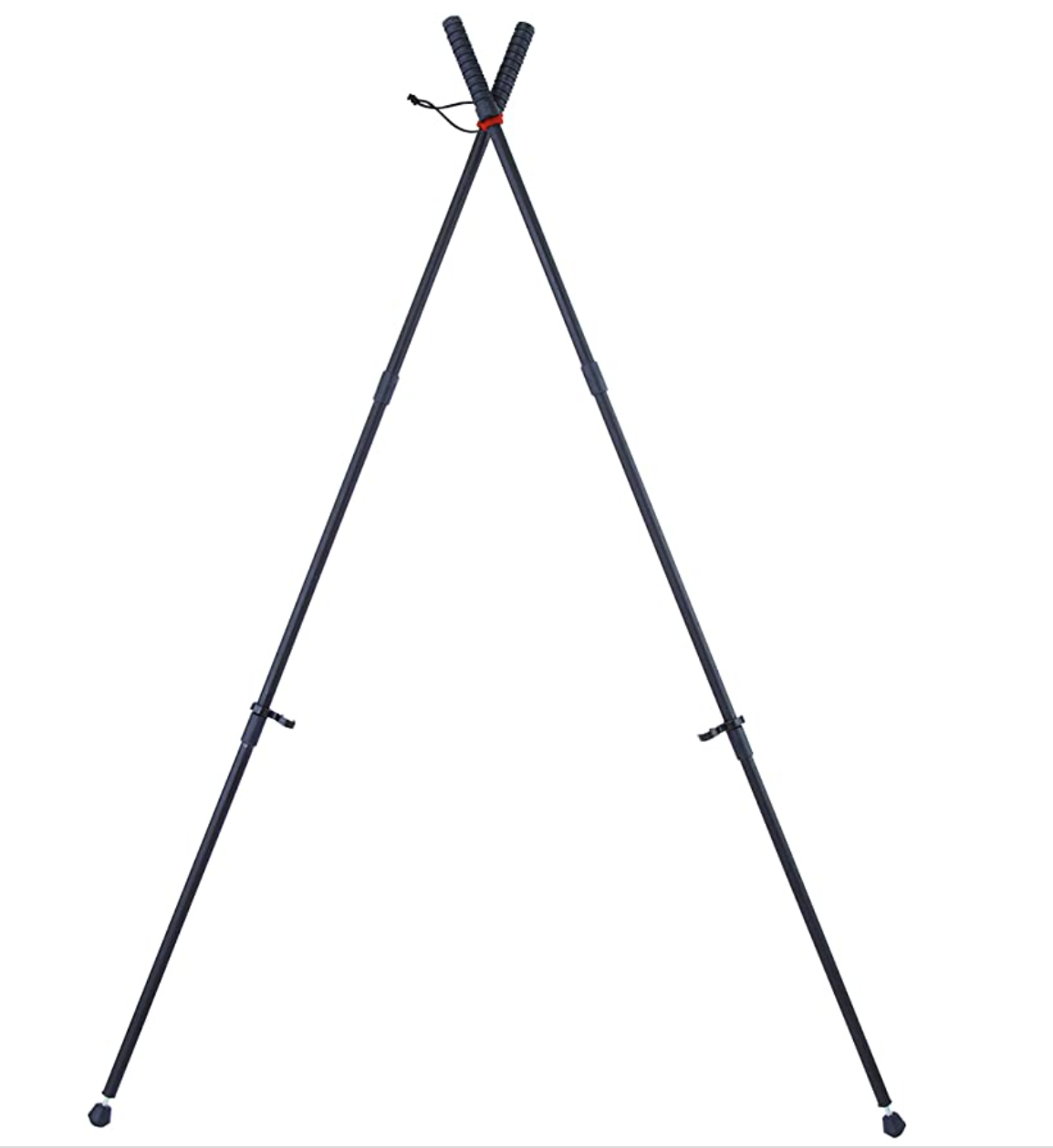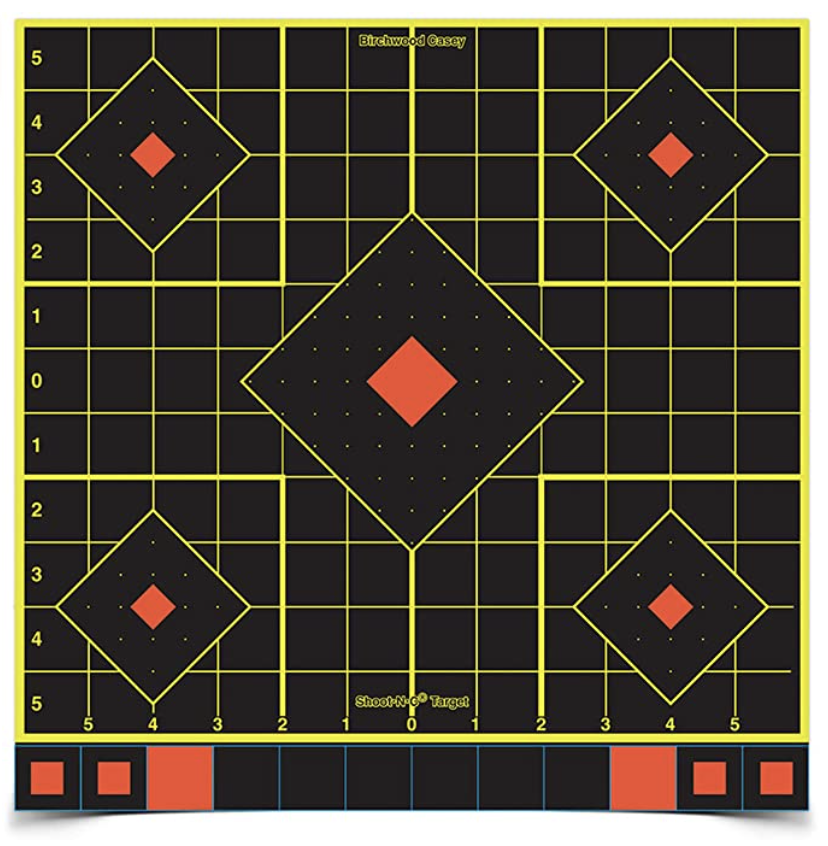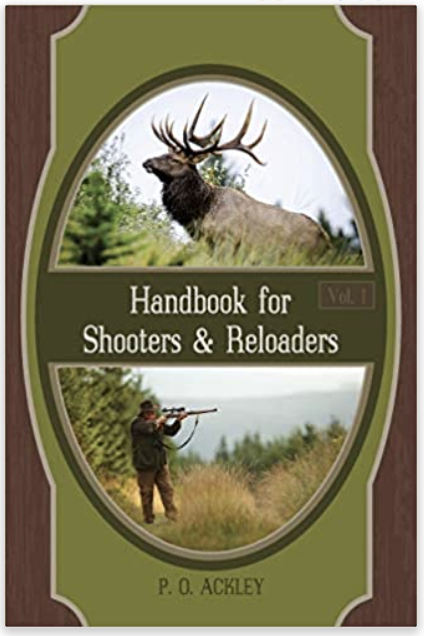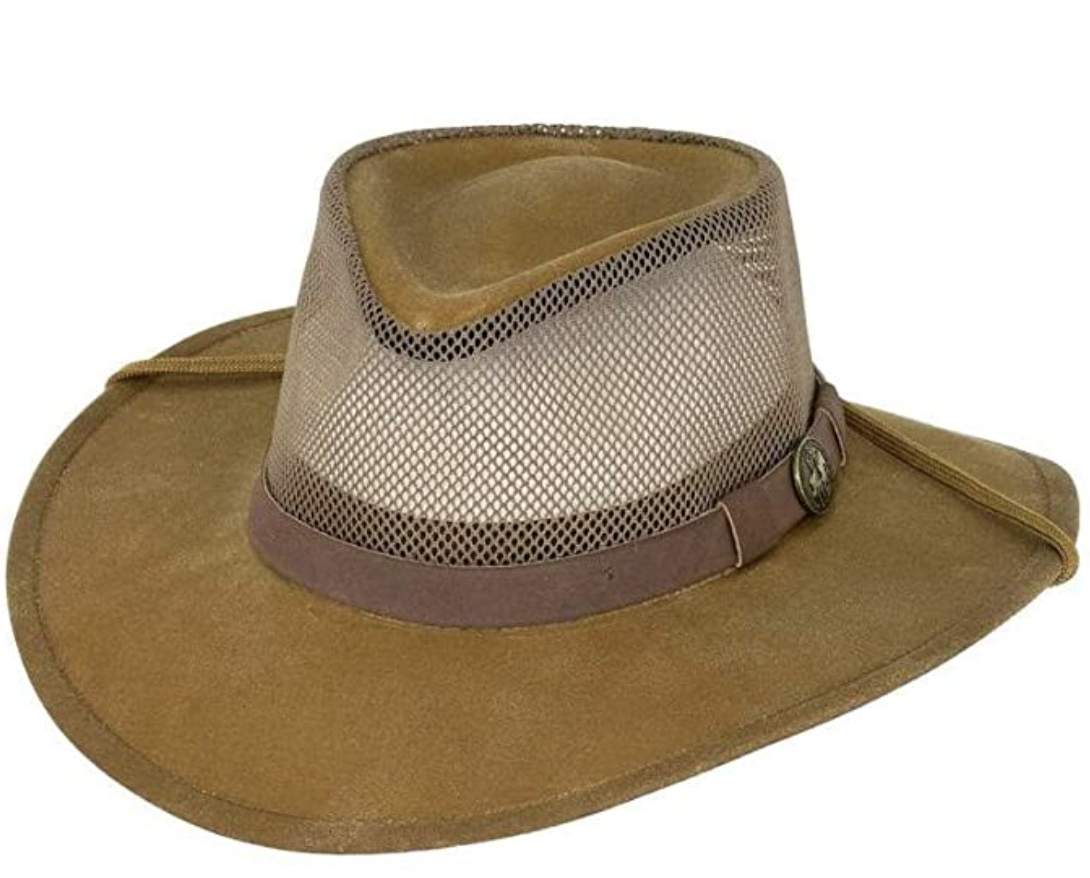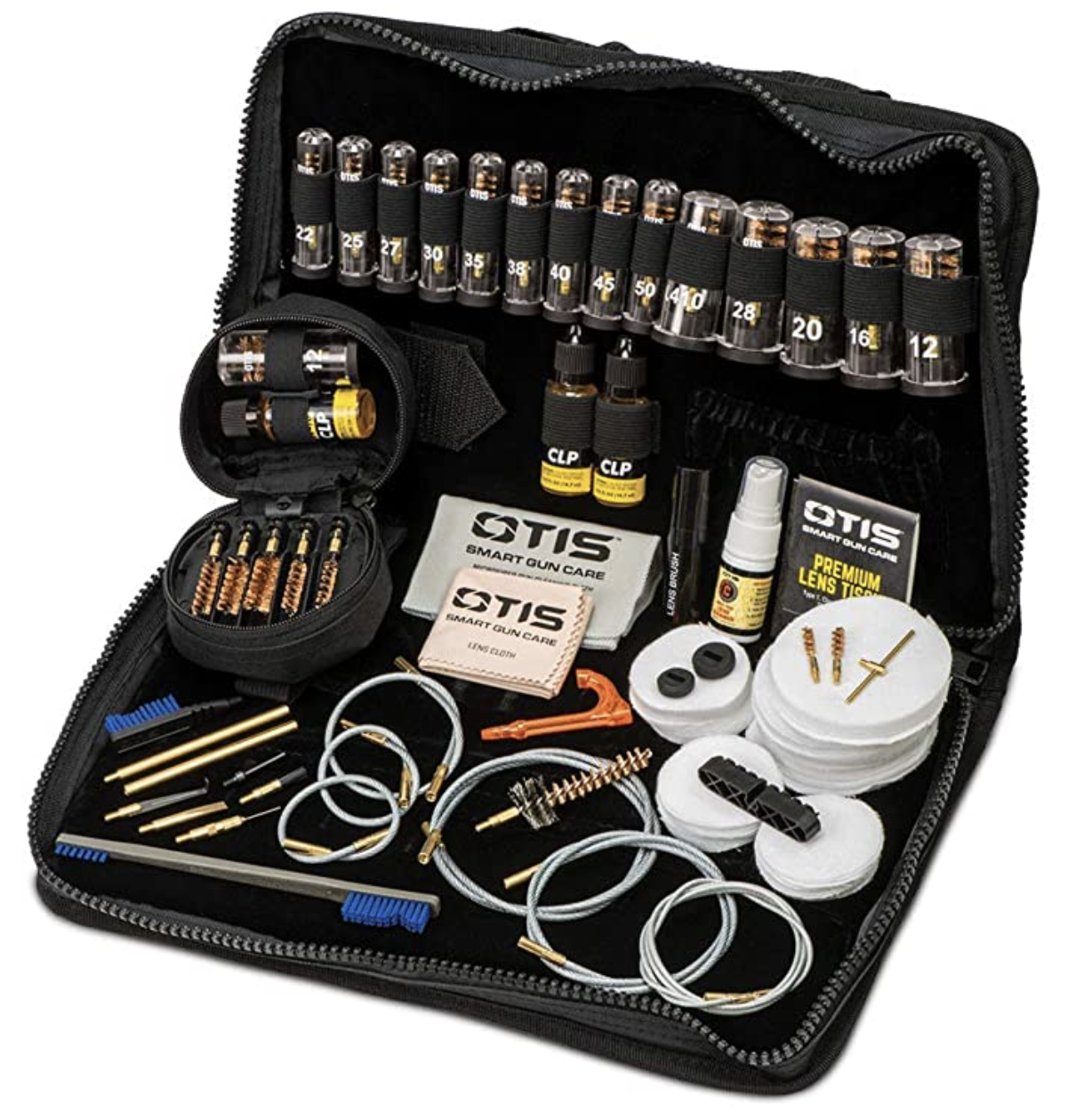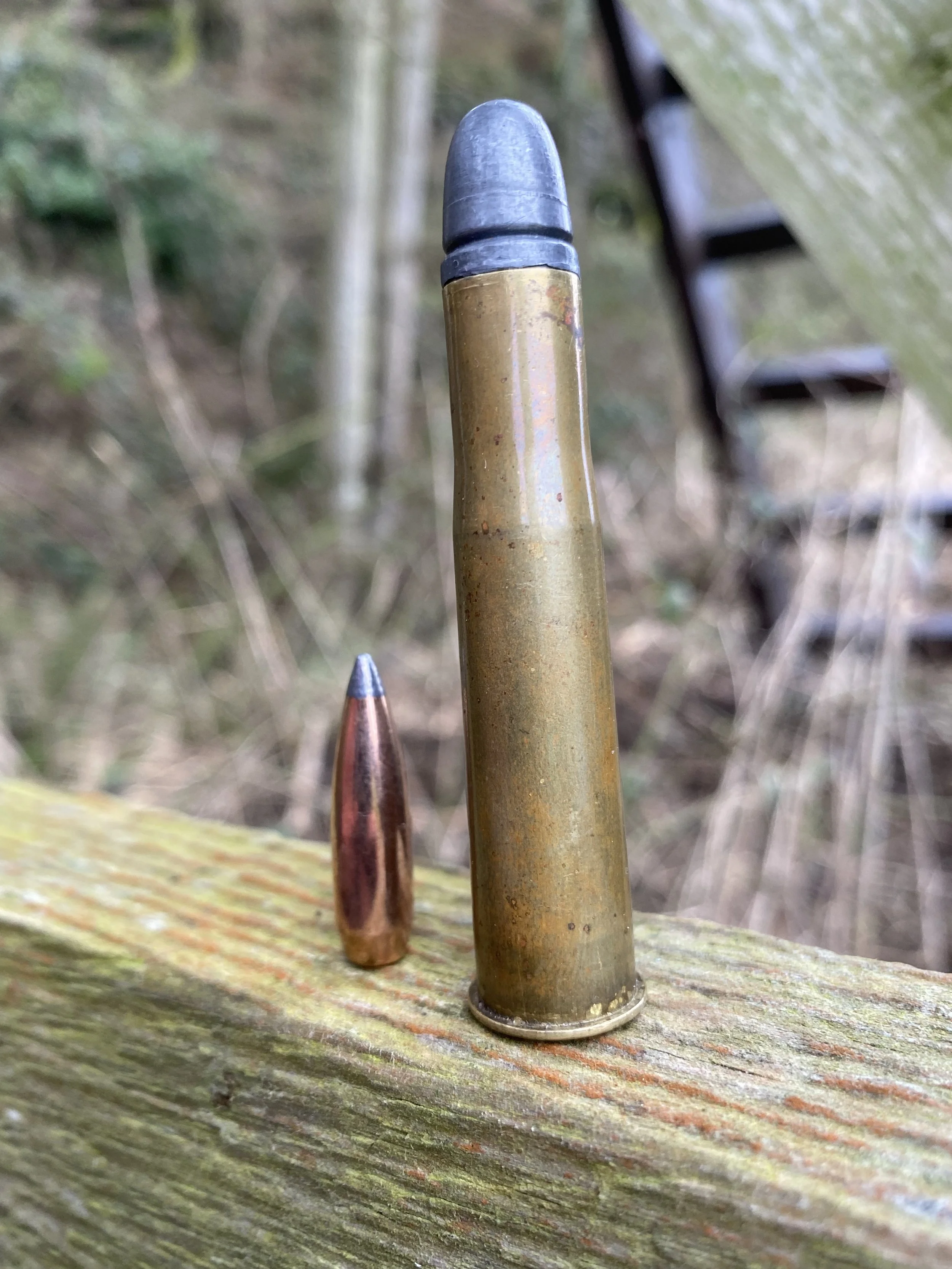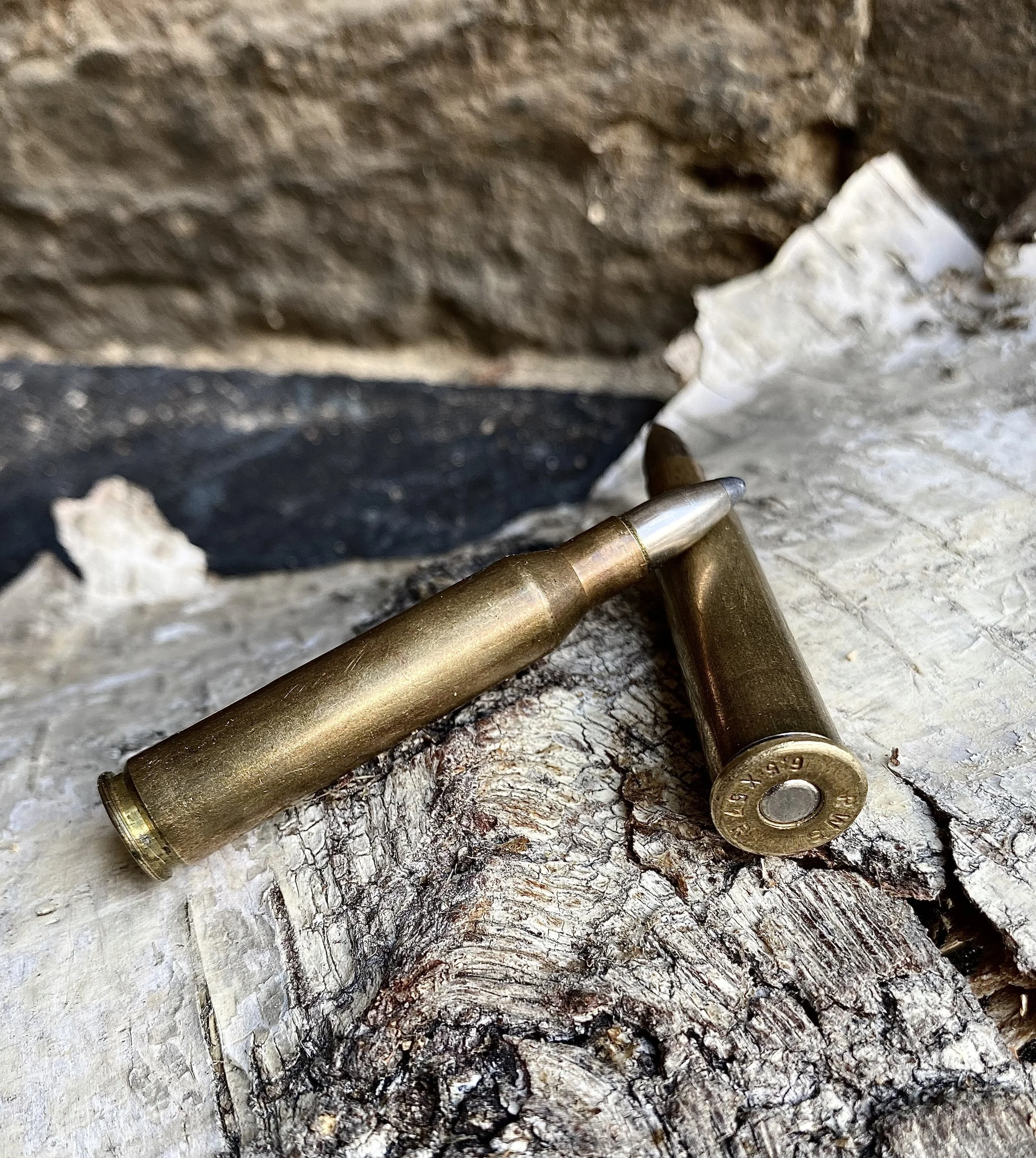300 WSM versus 300 Win. Mag.
by Ron Spomer
Recently a hunter asked if he should buy a 300 Winchester Magnum or 300 Winchester Short Magnum for his elk, moose, bear, and mule deer rifle.
I told him “Yes.”
“Yes” isn’t a facetious answer because both these cartridges deliver nearly identical performance. Even though the older, longer 300 Win. Mag. holds about 10 percent more powder than the 300 WSM, it drives same-weight bullets only about 50 fps faster than its short cousin. Ballistically it doesn’t really matter which you choose. Functionally, however, it might.
How the 300 WSM keeps pace with the larger capacity 300 Win. Mag. is a bit of a mystery. Powder capacity in the 300 Win. Mag. is around 10 percent greater than the 300 WSM, yet the Win. Mag. does not gain 10 percent more velocity. Part of the reason is the law of diminishing returns. More and more powder behind a same-weight bullet in a given bore size does not increase muzzle velocity consistently The ballistic charts below tell the trajectory story, but here’s the load data used in each of our samples:
300 WSM: 68 grains Norma MRP powder, 190-grain AccuBond Long Range, 3,016 fps MV.
300 Win. Mag: 77 grains Norma MRP, powder, 190-grain AccuBond Long Range, 3,044 fps MV.
Modern smokeless gunpowders come in a wide variety with various burning rates. Handloaders match them to the bullet weight, barrel weight, and powder capacity of their cases for optimum performance.
So how can 9 more grains of the same powder not push the same 190-grain bullet more than 28 fps faster? One answer might be maximum average chamber pressures, but these two are just 1,000 psi apart, the WSM getting 65,000 psi to the Win Mag’s 64,000 psi. I don’t know if that’s enough to make the difference, but it surely contributes.
The other reason — and probably the major one — might be the shorter powder column in the WSM. This brings more of the powder closer to the ignition source for a more even, consistent burn. Engineers at Winchester described this to me as getting a more complete burn in the case itself (the WSM’s 35-degree shoulder helps with that) plus in the first section of the barrel. In short, few or no kernels get blown from the muzzle unburnt. Of course, this must all be balanced with bullet weight. You can’t fire up a pile of fast burning powder behind a heavy bullet without raising pressures dramatically, if not dangerously. You need a slower burn in order to break the bullet’s inertia and start it moving. Subsequent burning continues accelerating it. As you can imagine, selecting just the right powder is critical to maximizing velocity in various barrel lengths without excessive chamber pressures.
Winchester’s WSM family of cartridges are all built on the short-fat case philosophy. L-R: 270 WSM. 7mm WSM, 300 WSM, and 325 WSM.
If powder burning rates are new to you and somewhat opaque, find a few samples of progressive, smokeless gunpowder, pour a half teaspoon of each on a driveway, and ignite with a long match. Don’t worry. They don’t explode, but burn. A few fast burning rifle powders are Benchmark, Reloder 11, and H335. A few of the slowest include IMR 7977, Reloder 33, and US869. Light them and you’ll understand burning rates.
The bottom line here is that the efficiency of the short, fat 300 WSM case enables it to nearly match the performance of the high powder capacity 300 Win. Mag. If you’re good with roughly 40 fewer feet per second velocity, the 300 WSM will save you a few pennies on powder with each shot. The short cartridge will let you buy or build a short-action rifle that is 1/2-inch shorter, thus handier and faster to cycle than the standard length Win. Mag. It can be made a few ounces lighter, too, if recoil doesn’t bother you. I’ve worked with a 6-pound H-S Precision bolt action in 300 WSM that I consider a mild shooter. One year I even hunted with a 5.5-pound custom Kifaru in 300 WSM, taking mountain goat, Stone’s ram, and a bull moose without suffering so much as a bruised shoulder.
Knocks on the 300 WSM include its rebated rim, which some suspect might compromise a bolt pushing the cartridge from the magazine. Hand in hand with this is the round’s sharp, 35-degree shoulder which some claim hinders smooth ramping up into the chamber of some rifles. While I’ll agree the WSM doesn’t slide and feed as effortlessly as, say, the 300 H&H Magnum, I can’t recall that its jammed or failed to feed in rifles I’ve used. These include several Winchester M70s, Browning X-Bolts, and the aforementioned H-S Precision and Kifaru.
Knocks against the 300 Winchester Magnum are its “useless” belt and short neck. The belt, an artifact of the parent cartridge, was designed to control headspacing. It can still do this in 300 Win. Mag. chambers, but many are reamed so that the shoulder establishes head spacing before the belt’s rim makes contact. Handloaders routinely resize cases to easily accomplish this. The benefit of shoulder headspacing is reduced stretching of the case, extending its life for reloading. It’s of no consequence to anyone who shoots factory ammo.
The “useless” belt on the 300 Win. Mag. hasn’t stopped it from becoming arguably the most popular 300 magnum in the world.
If the short neck is a serious challenge to accuracy (because it might not be long enough to establish a perfect, straight alignment of the bullet in the case,) it’s been hard to prove. I’ve worked with a variety of 300 Win. Mag. rifles that shot MOA, a few that were legitimate 1/2 MOA shooters. That might be insufficient for extreme range target shooters, but it’s more than sufficient for big game hunting to well beyond responsible shooting distances. (An MOA rifle should cluster all shots inside an 8.4-inch diameter circle at 800 yards.)
Another argument in favor of the 300 Winchester Magnum might be a greater variety and availability of factory ammunition. And rifles. Almost every manufacturer builds and/or loads 300 Win. Mag. Realistically, however, how many different loads are you going to shoot? Most of us play around with different loads in a new rifle, but then find one that works and stick with it thereafter.
300 WSM & 300 Win. Mag. Facts and Figures
300 WSM and Win. Mag. Ballistic Performance
Clearly, both the old 300 Winchester Magnum and the newer 300 Winchester Short Magnum are capable and proven performers. The one you choose for your style of hunting depends… on you! Yes, both are outstanding.





